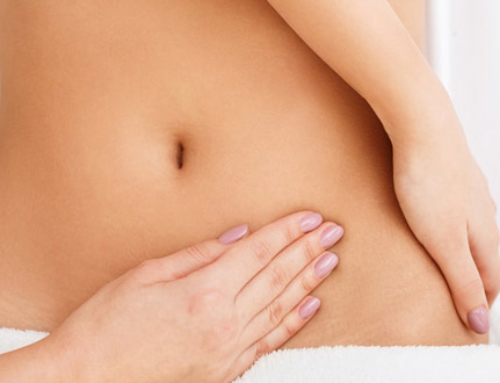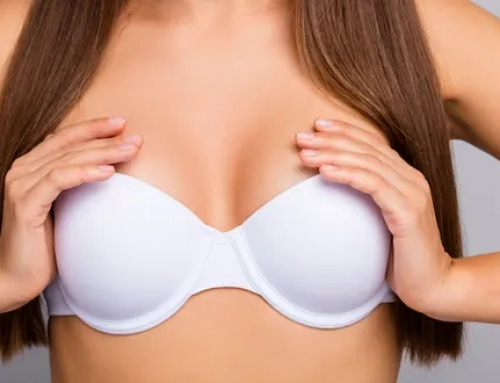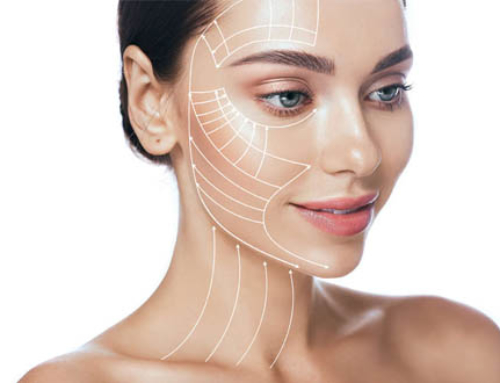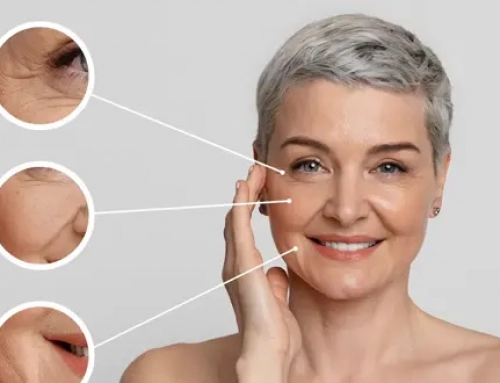
Fat grafting and fillers for facial rejuvenation
What’s the difference between fat grafting and fillers ?
Both fat grafting and fillers are commonly used for facial rejuvenation purposes, but the main difference between those two is the duration of effect, as facial fat grafting offers permanent improvements whereas filler injections offer temporary volume. Once fat has engrafted, its volume is permanent, even though it can vary with weight fluctuations. Fat tissue comes from the patient, therefore there is no risk of inflammatory reaction from the body.
Using fat to increase volume does have drawbacks in the framework of facial rejuvenation. It is injected in greater amounts than hyaluronic acid, therefore it is not suited to treat fine lines and delicate areas where the skin is very thin such as the eyes area. Also, fat tends to spread in injection sites, whereas very dense fillers offer better projection and more precise facial volume changes, when treating the tearthrough area for instance.
Facial fat grafting is primarily used in order to alleviate deep wrinkles, folds (nasolabial folds, bitterness folds) and to increase volume in the cheekbones area. Less concentrated hyaluronic acid (HA) is preferably used to treat fine lines in the forehead and lips. More dense fillers can be used for the tearthrough area.
Are the results of facial fat grafting stable ?
Yes. Part of the transferred fat does not survive after the procedure, but fat cells that have survived are permanent. The result is perfectly stable long term, although weight variations can change fat cells volume.
Not that the engraftment rate can vary from one patient to another. Smoking significantly decreases fat cell survival rate in addition to increasing the risk of complications, which is why patients are asked to stop smoking before and after the procedure. Surgeons can refuse to operate in case this requirement is not met.





